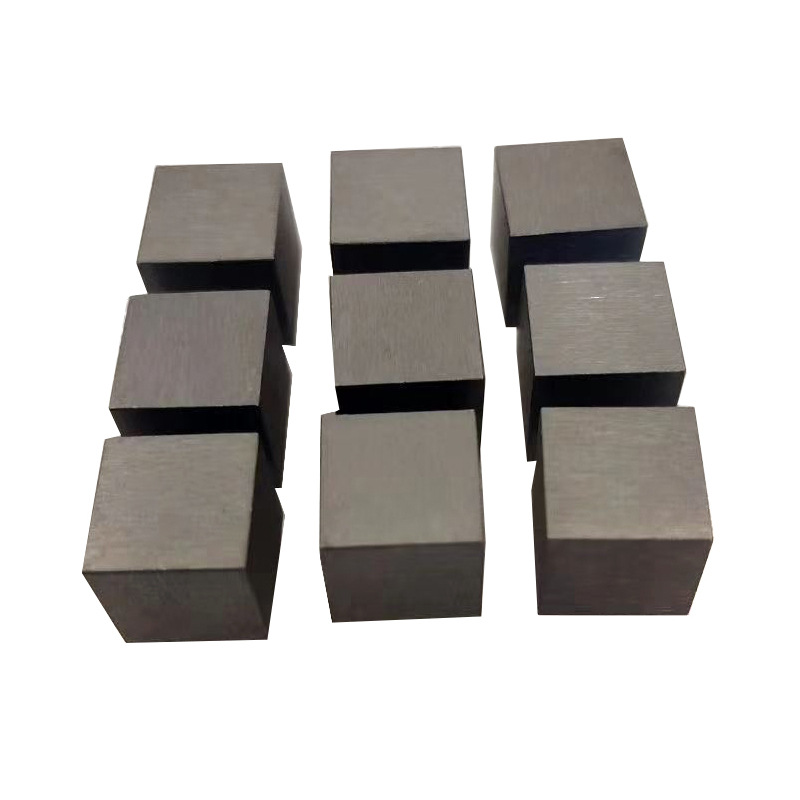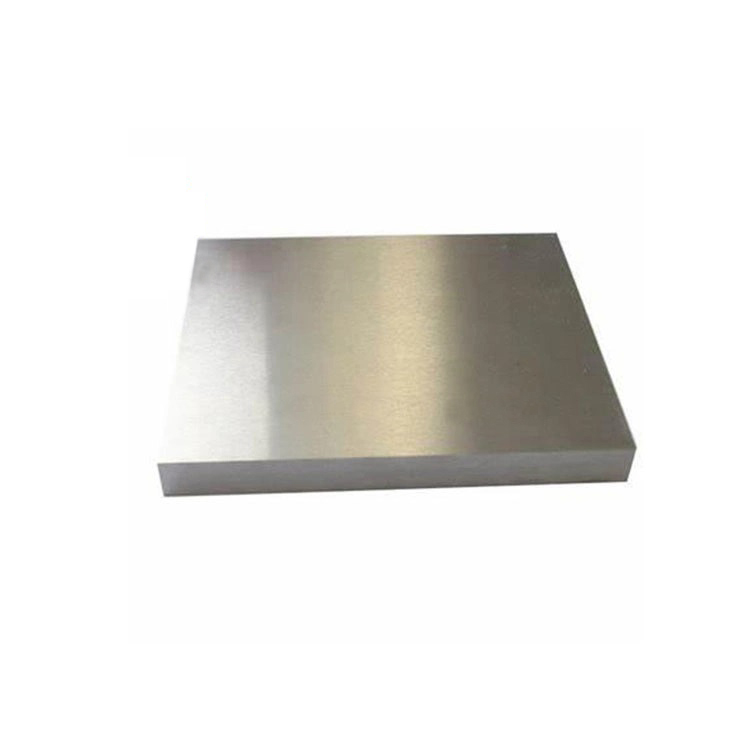MoO3 (Molybdenum Trioxide) Pellets Granules Evaporation Materials
- High Optical Transparency: MoO₃ is transparent in the visible spectrum and is often used in optoelectronic devices that require high transparency and conductivity.
- Excellent Electrical Conductivity: MoO₃ is often used to improve charge injection in electronic devices, particularly in organic electronic applications.
- Thermal Stability: It has a high melting point (~795°C), making it suitable for high-temperature evaporation processes.
- Chemical Properties: MoO₃ is known for its oxidation properties, making it useful in catalysis and other chemical applications.
- Layer Uniformity: When used in deposition processes, MoO₃ can form highly uniform thin films with excellent adhesion properties.
Custom products or bulk orders, please contact us for competitive pricing!
- Satisfaction Guaranteed
- No Hassle Refunds
- Secure Payments
Description
| Material | MoO3 |
| Purity | 99.9% – 99.9999% / 3N 3N5 4N 4N5 5N 5N5 6N |
| Shape | Pellets / Granules / Particles / Pieces |
| Size | can be customized (contact us) |
| Package | vacuum bag or customer’s request |
| Place of Origin | China |
| Supply Ability | 1000kg per month |
| Lead Time | Qty: 1-100, Time: 3-10 days
Qty: >100, Time: to be negotiated |
Molybdenum Trioxide (MoO₃) pellets are high-purity materials used in physical vapor deposition (PVD) techniques, especially electron-beam (e-beam) and thermal evaporation. MoO₃ is valued for its electrical, optical, and catalytic properties, making it suitable for a wide range of applications, including semiconductor, optoelectronics, and catalysis.
Key Applications:
- Thin Film Transistors (TFTs): MoO₃ is used as a hole transport layer in thin film transistors due to its excellent conductivity and transparency.
- Optoelectronics: In OLEDs and organic photovoltaics, MoO₃ serves as an interfacial layer to enhance charge injection and improve device efficiency.
- Catalysis: MoO₃ is commonly used in catalytic applications, including hydrodesulfurization and oxidation reactions.
- Gas Sensors: MoO₃ thin films are sensitive to gases like ammonia and nitrogen dioxide, making them suitable for gas sensor applications.
- Photovoltaic Cells: MoO₃ is used as a buffer layer or contact material in solar cells to improve performance by enhancing charge transfer.
- Electrochromic Devices: Due to its optical properties, MoO₃ is used in electrochromic devices where it changes color in response to an applied voltage.
Features:
- High Optical Transparency: MoO₃ is transparent in the visible spectrum and is often used in optoelectronic devices that require high transparency and conductivity.
- Excellent Electrical Conductivity: MoO₃ is often used to improve charge injection in electronic devices, particularly in organic electronic applications.
- Thermal Stability: It has a high melting point (~795°C), making it suitable for high-temperature evaporation processes.
- Chemical Properties: MoO₃ is known for its oxidation properties, making it useful in catalysis and other chemical applications.
- Layer Uniformity: When used in deposition processes, MoO₃ can form highly uniform thin films with excellent adhesion properties.
Specifications:
- Material: Molybdenum Trioxide (MoO₃)
- Purity: ≥ 99.9%
- Shape: Pellets
- Size: Typically 1-6 mm in diameter (custom sizes available)
- Melting Point: ~795°C
- Density: 4.69 g/cm³
- Deposition Methods: Suitable for e-beam evaporation and thermal evaporation
- Applications: Thin-film transistors, OLEDs, photovoltaics, gas sensors, catalysis, and electrochromic devices
Tinsan Materials offers high-purity MoO₃ (Molybdenum Trioxide) pellets for evaporation. Ideal for thin-film transistors, optoelectronics, OLEDs, photovoltaics, catalysis, and gas sensors. Suitable for high-temperature e-beam and thermal evaporation processes.
If you have specific requirements, such as dimensions, purity, or application details, please contact us to match your needs.






